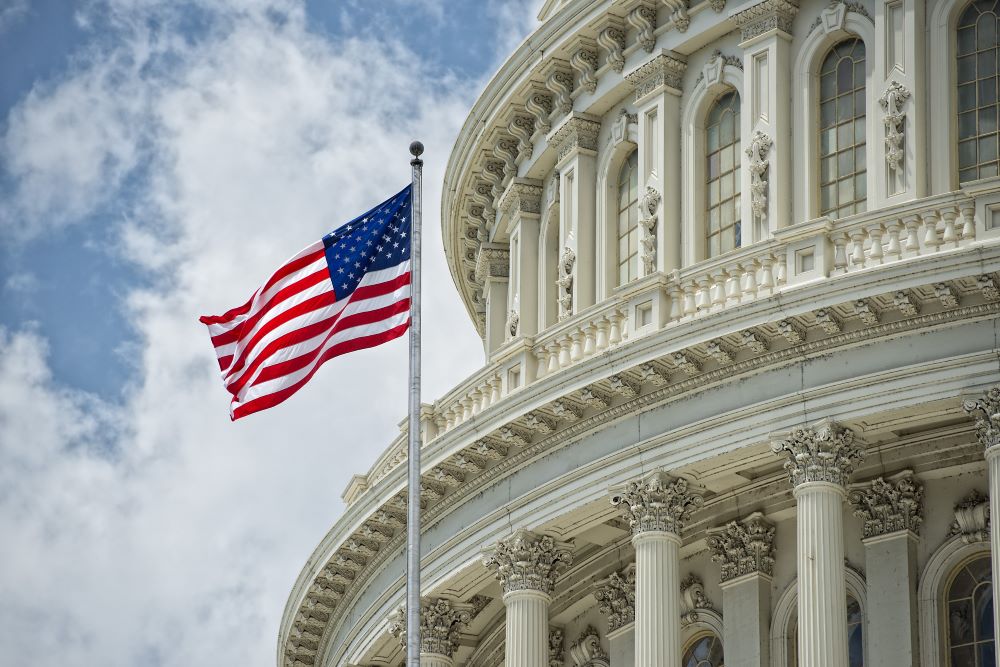
May 20, 2022

Employer-sponsored retirement plans are one of the best ways to improve recruitment and retention. Concurrently, it is one of the most effective tools for helping employees reach retirement saving goals. Yet cost remains a top issue for small business owners because many plan types can be expensive to operate due to the complex regulatory requirements mandated in the Employee Retirement Income Security Act of 1974 (ERISA). While most of these apply to plans with over 100 participants, even small plans have certain requirements which must be followed. The challenge of managing such costs often prevents many Atlanta small businesses from offering a 401k, or other retirement plan option.
Making plans more affordable for small businesses has been a top priority in recent months. A key component of this approach is the introduction, and expansion of, various plan start-up tax incentives. While the IRS already provides tax credits for new retirement plans, there may soon be additional help on the way. There are several parcels of legislation currently under consideration in Congress to make retirement plans more accessible and less costly. To help clients, prospects, and others, Wilson Lewis has provided a summary of the key details below.
A recent study suggests that three out of four small businesses still don’t offer a 401(k) plan. Myths persist as to why. Survey results pointed to beliefs that the business would be too small or that the 401(k) would be too costly. Others don’t think they can afford an employer-match, so the idea of the plan itself is scrapped altogether.
It can also feel overwhelming for business owners to approach investments. From choosing the appropriate mix to keeping investment expenses for the plan down, this is an area that business owners feel like they simply don’t have the time or money to figure out.
Of the small businesses that do offer 401(k) plans, the plans themselves tend to be light on features. For businesses with less than 50 employees, only about 30 percent of plans offered an auto-enrollment feature. Eligibility tends to be limited to full-time workers, and financial wellness education for employees is harder to find.
Amid the Great Resignation, employers are looking at different ways to retain top talent. Offering new benefit plan features has emerged as a key strategy. WTW (formerly known as Willis Towers Watson) found that businesses are changing their retirement plans and adding new features, like:
Pooled employer plans are growing in momentum, too.
Features like these are part of what investment professionals are calling DC 3.0, or the third iteration of defined contribution plan trends. DC 3.0’s three trends are changes in plan design, in-plan lifetime income solutions, and personalization. Automation is having a big impact on these changes.
In the past, litigation was a primary driver of plan design changes. Moving forward, the tech-enabled investing options combined with legislation and regulation will be what moves the needle.
The most recent bill in Congress, the Senate’s Increasing Small Business Retirement Choices Act, would amend ERISA so that small businesses could use the plan to pay for expenses related to changes in plan design. Certain incidental costs, like adding auto-enrollment – considered a key plan feature to increase participation rates – must be paid for out-of-pocket.
There are also fees involved in advisory services when the business owner has a question about something. Usually, service providers have an existing retainer that may not cover a change in scope; if there was a question about the impact of a new plan design feature, for example.
The House passed the Securing a Strong Retirement Act in March. Also called SECURE 2.0 for its effort to expand on 2019’s SECURE Act, it proposes the following changes to retirement plans.
Employers would also be permitted to redirect their matching contributions to the participant’s student loans.
It was a bipartisan effort and passed easily. The bill now heads to the Senate, where a similar version is expected to be considered later in 2022. Passing something like what’s been proposed seems likely; if that happens, employers would be looking at a probable effective date of 2023 or later for major provisions.
In February 2022, the House also introduced the Lifetime Income for Employees Act of 2022. The focus is allowing plan sponsors to provide annuities as a standard investment option in defined contribution plans.
Finally, the Senate introduced the Auto Reenroll Act of 2022 in February 2022 as well. Its goal is to increase employee participation by allowing plan sponsors to reenroll employees in automatic contribution arrangements at least once every three years. If passed, it would take effect after December 31, 2024.
Contact Us
Congress has made retirement plan reform a priority and will continue to make changes that make plans a more attractive option. Although these changes have yet to be passed into law, they provide important insight about the future. If you have questions about the information outlined above or need assistance with your retirement plan audit, Wilson Lewis can help. For additional information call 770-476-1004 or click here to contact us. We look forward to speaking with you soon.